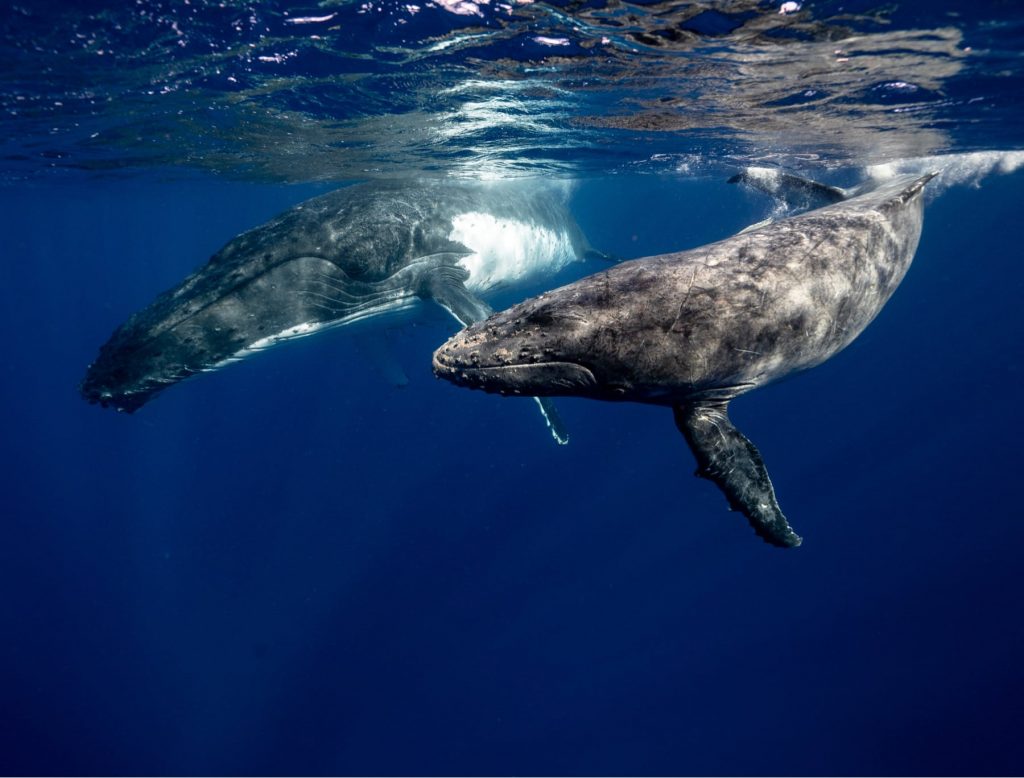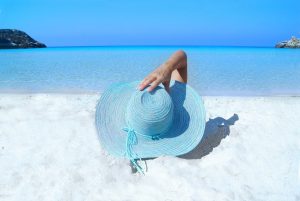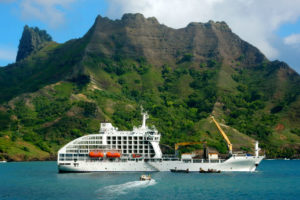Imagine it! You slip into the water with your snorkeling gear on. There is a baby Humpback whale and it is looking at you! All babies are curious and at about 2 weeks after birth, these babies are very curious about this small fry flapping around the water (YOU!).
About two weeks after their birth, the mom’s relax in the protection of the small one, but that does not mean they are always alert. It is after two weeks, that you can go out in a boat to see these amazing creatures and get into the water with them. These little ones are around 14 foot in length and somewhere around 2 tonnes. They are gentle though. The mom will stay away from you but you will hear the mom and child speak to one another. You can imagine what they are saying! “Hey, mom! Look what I just found!” It is truly an experience of a lifetime to be so close to such magnificent creatures.
The Humpback whale spends the warmer weather in Antarctica and comes north for the winter season and this is the time that the females give birth. Newborn Humpback whales don’t have a lot of blubber, so they feed, get bigger, and obtain the blubber layer needed for when they travel to the Antarctic.
The best time to see the Humpback whales is from late July through early October. The best time varies from year to year depending on the weather in the Antarctic.
It used to be the main location to see and swim with the baby whales off the island of Rurutu, in the Austral Islands of French Polynesia. Today, many whales come all the way up to the Tahitian Islands of Tahiti, Moorea, Tetiaroa, and even occasionally Bora Bora, the Fiji Islands, and Tonga.
Rurutu offers an experience of a very small group of people where, on the other islands


